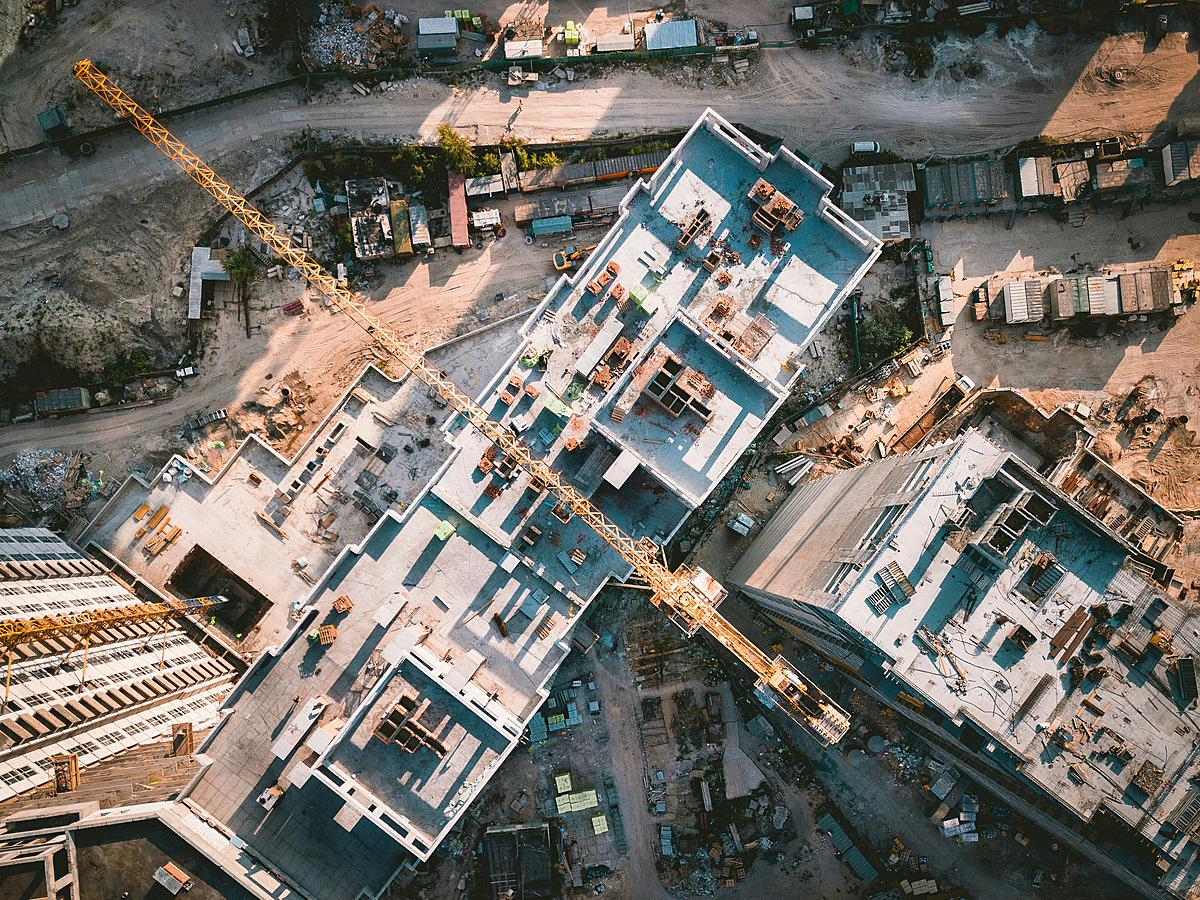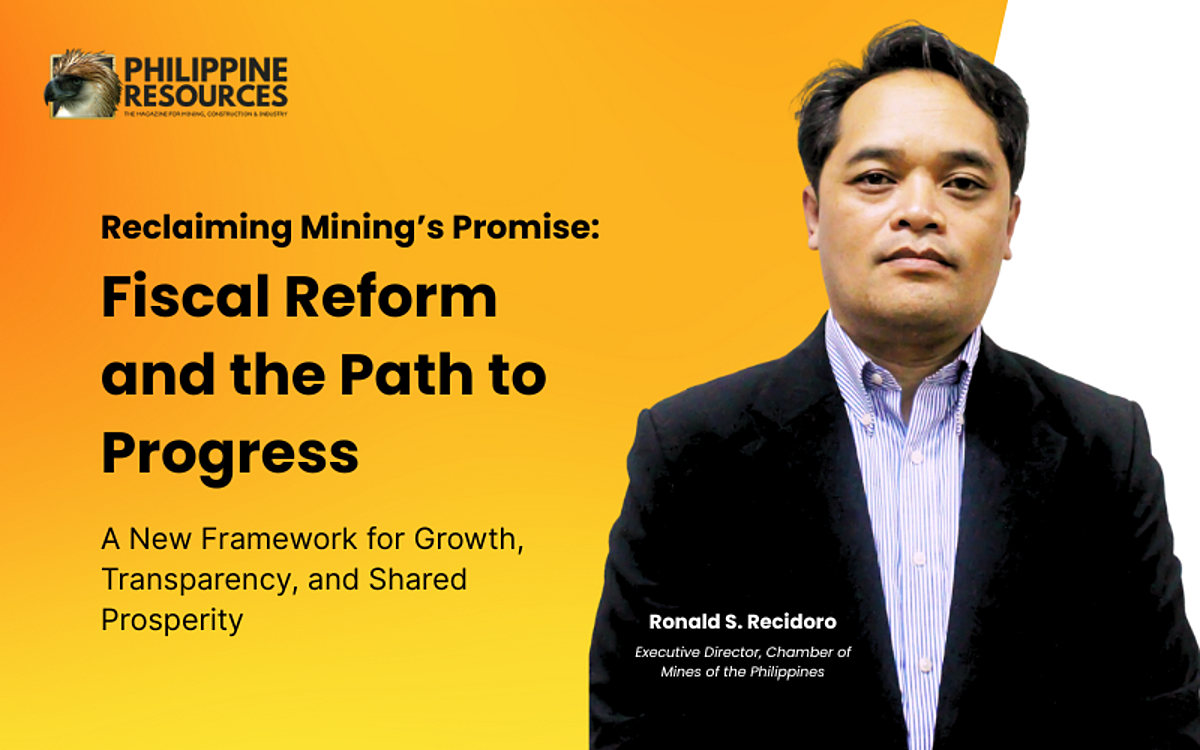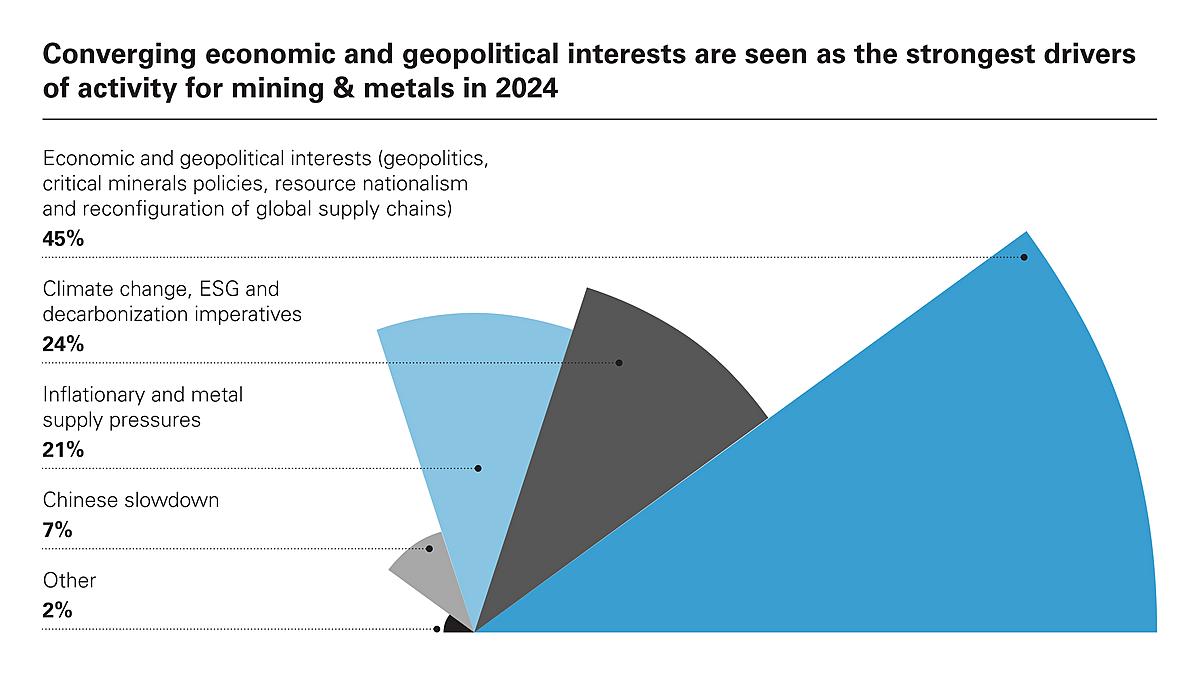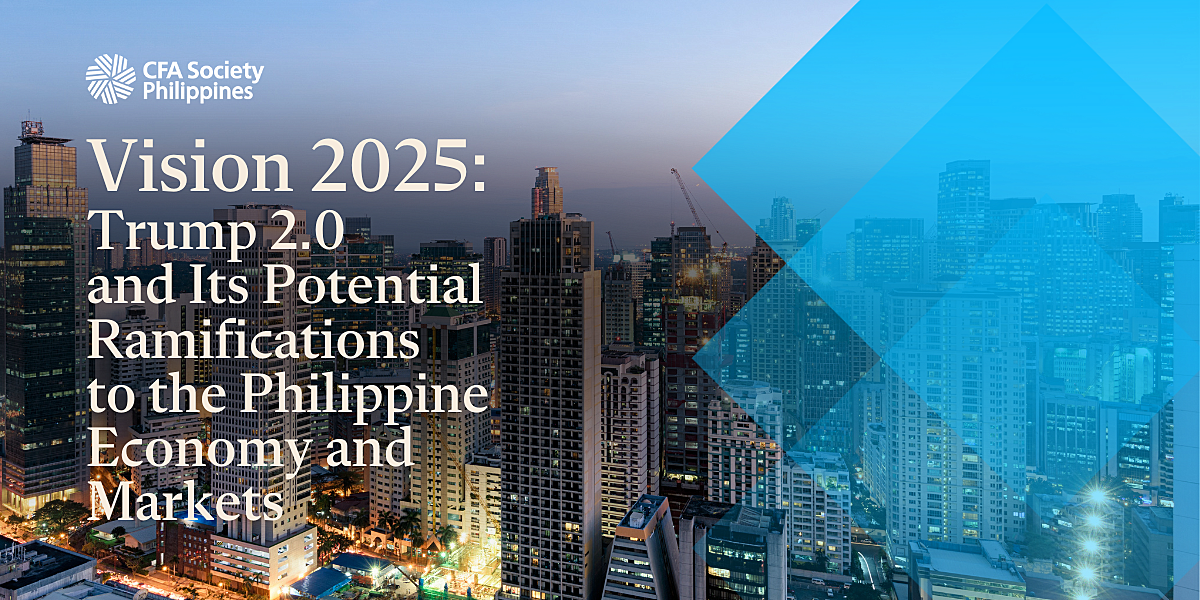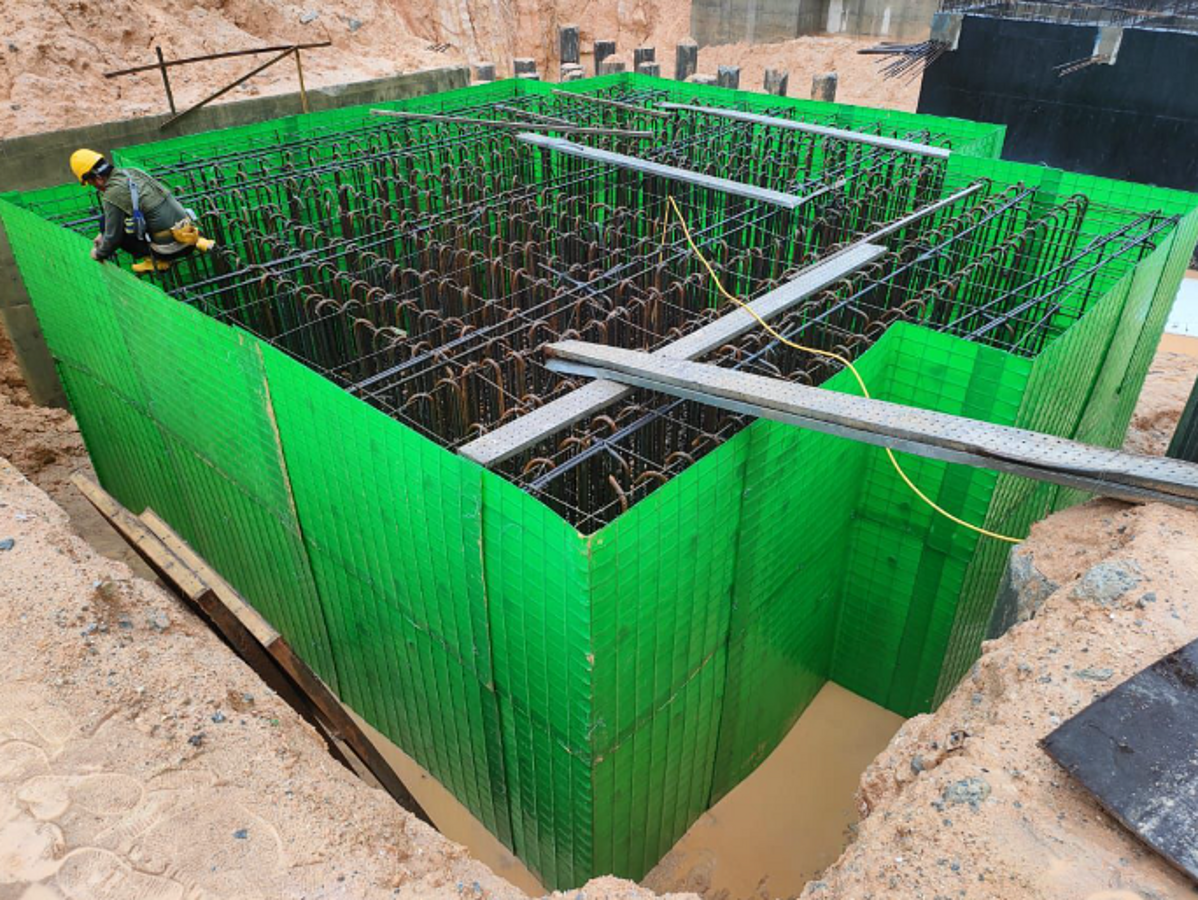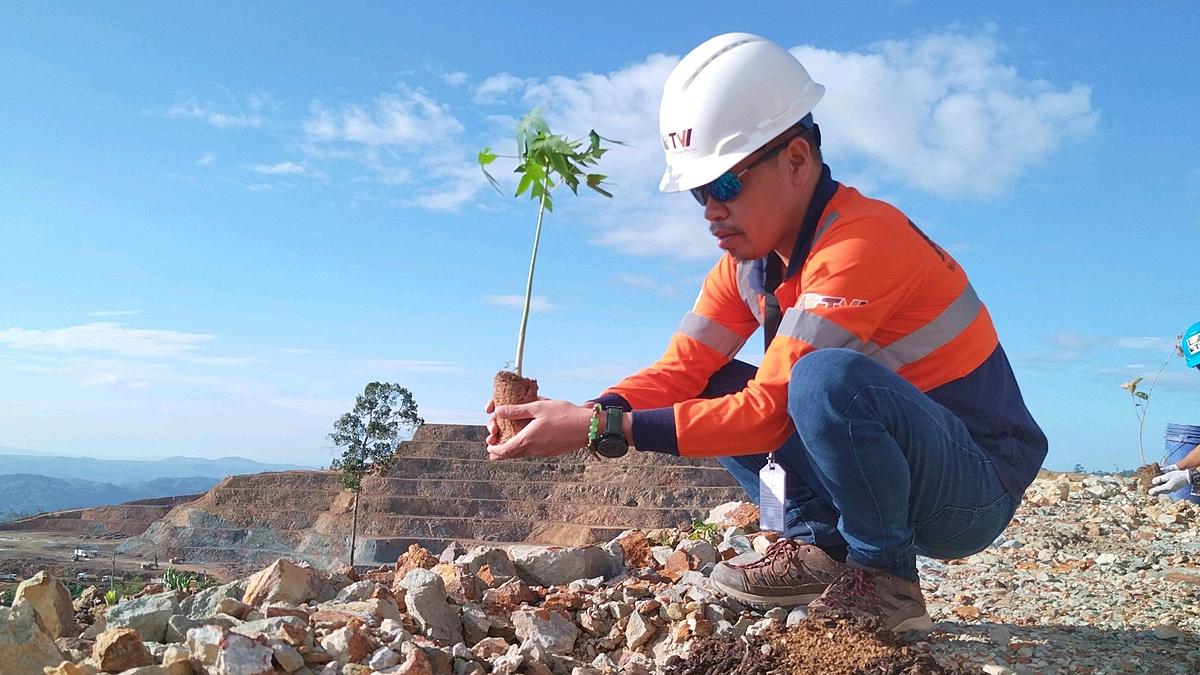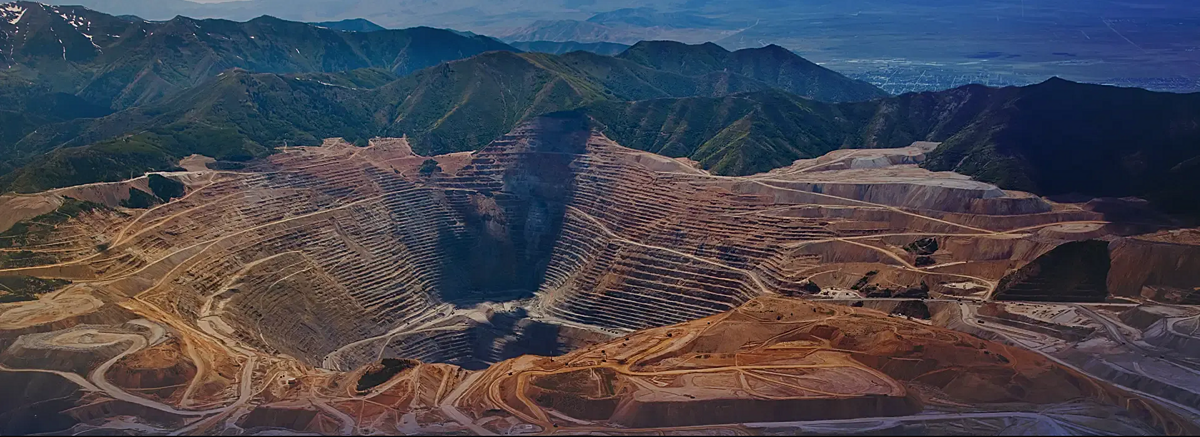The construction industry, a key contributor to the Philippine economy, generated about seven percent (7%) of the country’s gross domestic product in 2022. The recent COVID-19 pandemic affected the real estate and construction industry and caused financial burden due to additional health and safety requirements, project suspension and delays, and reduced productivity resulting from massive supply chain disruption, and material and equipment procurement difficulties. The construction sector is expected to see growth in the following years as the country’s economy recovers. However, raging inflation, high-interest rates, and global geopolitical instabilities are seen to challenge growth forecasts.
The industry has been characterized by declining efficiency and performance over the years. As the industry continues to evolve, it is likely that additional steps will be taken to address new and emerging issues. With economic activity in the country picking up, the Philippine construction sector is bound to face more challenges. This article discusses some of the major challenges faced by the industry and how they can be overcome.
Labor Shortage
The lack of skilled workers and professionals, ranging from architects and engineers to construction workers and equipment operators, create difficulties for contractors in hiring and retaining talent. The growing skills gap contributes to this labor shortage as the construction sector urgently needs skilled labor with the need to recruit over two million workers by 2025 to meet demand. This gap is attributed to limited training and educational opportunities, coupled with an aging workforce and Filipinos looking for better opportunities abroad. Incorporating construction technology may help in fixing the issue of labor shortage in the construction firms but the industry is also slow when it comes to adapting to new technology. By investing in training and modern recruitment strategies, construction firms can bridge the labor gap, bringing in fresh talent and new perspectives.
Cost Overruns and Construction Delays
Cost overrun occurs when a project exceeds its original budget due to unexpected expenses, delays, and other unforeseen factors impacting project management, construction firms, and the industry at large. The fluctuating cost of construction materials, including raw materials, challenges firms to forecast future expenses affecting project profitability. Poor productivity and lagging technological advancements lead to delays and increased costs.
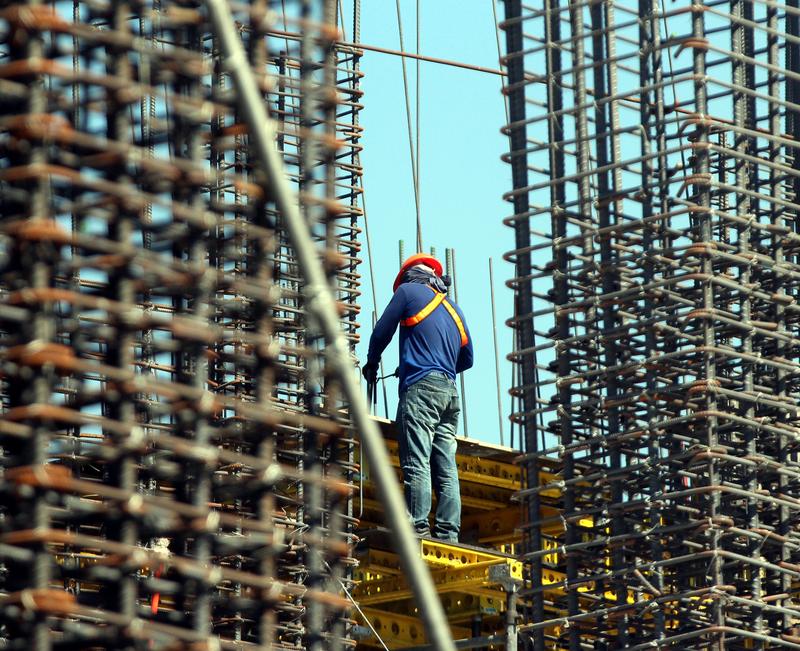
Delays also pose a major challenge in the industry, significantly affecting construction firms and the entire supply chain, given the complex nature of construction projects, which involve numerous stakeholders like subcontractors, suppliers, and project managers. Supply chain disruptions are a leading cause of these delays. The construction sector depends on the prompt delivery of materials and equipment, and any interruption in the supply chain can lead to significant project setbacks. Factors such as natural disasters, transportation difficulties, or sudden regulatory changes can also disrupt material delivery.
Corruption
A report citing confidential interviews with industry players indicated that construction companies allot up to thirty percent (35%) of their budgets for infrastructure projects to pay off government officials and employees preventing them from causing any further delays. This causes companies to compromise other parts of the construction such as the quality of raw material, in order to accommodate the additional cost and to keep the projects moving.
Fifteen to thirty-five percent (15-35%) of the expenses were spent on “other costs of doing business” while construction companies have to maintain a net income margin of eight to fifteen percent (8-15%) no matter the costs. Since the budget for a project was already fixed, other parts of the project sometimes suffered for those “other costs”. Additionally, the poor quality of buildings, partly linked to corruption, makes the country vulnerable to natural hazards such as earthquakes and typhoons.
Other Emerging Issues and Challenges
Other risks and challenges include barriers to the implementation of green building practices, declining efficiency and performance of the industry, and occupational health and safety concerns. Occupational health and safety in construction projects is a critical concern, with a need for risk management and mitigation strategies. The rapid growth of construction projects has also led to the generation of high amounts of construction waste and excessive resource consumption, resulting in adverse environmental impacts. The industry's efficiency and performance have been declining, which has a significant impact on pollution. Moreover, there is a lack of infrastructure and connectivity that hinders inclusive growth and requires substantial investments.
The Future Outlook of the Construction Industry
Despite the challenges, the industry faces exciting prospects with key trends and potential opportunities that will ultimately determine its fate. While daunting, each of these hurdles presents an opportunity for growth and innovation. In a nation poised for significant transformation, the industry holds the key to economic progress, infrastructural advancement, and the adoption of sustainable practices.
Affordable housing. The government is ramping up efforts to address the shortage of affordable housing units in the country, particularly for the low-income sector. The government has launched several initiatives to address the shortage of affordable housing including the establishment of the Housing and Urban Development Coordinating Council, creation of a housing finance company, and implementation of various socialized housing programs. Additionally, the government has implemented tax incentives for developers engaged in building low-cost housing units and has also established a fund for housing financing.
Development of new urban centers. The government is pushing for the development of new urban centers outside Metro Manila to decongest the capital and spur economic growth in other regions. This includes investment in infrastructure and the creation of economic zones to attract investment and create jobs. Urban planning, in particular, is a critical aspect that will shape the industry’s future. However, the country is known for its unique set of laws and permits that can sometimes lead to delays and bureaucratic hurdles. Balancing this need for effective urban planning with environmental concerns, historical preservation, and infrastructure demands will require careful coordination.
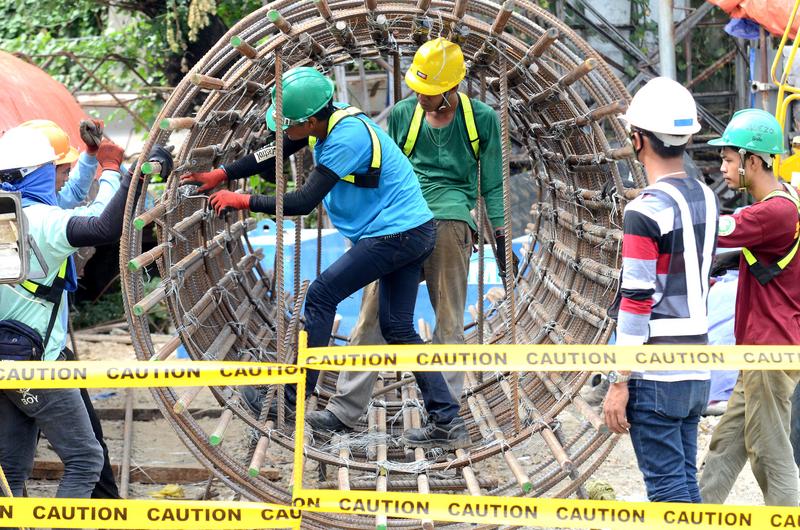
Further, the industry faces challenges related to land use, zoning, and local government policies, which can vary from one region to another. These diverse regulatory frameworks demand a high degree of adaptability from construction firms, while they work effectively within this multifaceted regulatory environment. If the construction sector including the way the government handles business permits, were modernized and made digital, the value of the industry could reach up to P130 trillion from P2.3 trillion in 2018, which would increase the number of jobs in the industry. Without modernization, the industry’s value could go up to only P43 trillion in 2030.
Infrastructure development. The government aims to embark on a multi-billion dollar infrastructure development initiative that will upgrade the country's infrastructure, including airports, seaports, highways, and bridges by working with the private sector to finance, build, and operate these projects. With a rapidly growing population and the need for modernization, the government is setting aside substantial funds for ambitious development initiatives in infrastructure projects, which include road networks, public transportation, and utilities. These investments not only promise economic growth but also open doors for construction firms to secure major projects. Again, this rosy outlook is met with the real-world challenge of efficient project management and strict compliance with regulations.
Environment-friendly construction practices. The construction industry lags behind other sectors in its response to the problems of the environment. Construction companies should be encouraged to continuously search for inputs and ways of working which will minimize the negative impact of construction activity on the environment. There is a growing interest in green building and sustainable construction practices, as developers look to create projects that are more environmentally friendly and energy efficient. On its part, the government is promoting green building and sustainable construction practices through various initiatives, including the establishment of a green building council, the creation of a green building rating system, and the implementation of tax incentives for developers who build environmentally friendly projects. However, green building implementation is hindered by barriers related to social and economic aspects of sustainability. Additionally, the government is encouraging the use of renewable energy sources, such as solar and wind power, in construction projects.
Advancements in Construction Technology. The future of the construction industry is intricately tied to technological advancements. As the world embraces innovative construction methods and materials, the Philippines is poised to follow suit. Additionally, adopting these emerging technologies can enhance workers' and contractors' safety on construction sites. However, even when construction firms recognize the advantages of these technological solutions from design to execution, securing the necessary funding often presents a significant obstacle.
Integrating modern technology promises efficiency, cost-effectiveness, and safety improvements in the country. This includes the adoption of Building Information Modeling, drones for site inspection, 3D printing, and automation in construction processes. However, these advancements are met with the practical need for training the workforce and addressing infrastructure challenges, such as reliable internet access and a lack of funding. With some exceptions, the sector remains a technology laggard and is struggling to get to grips with data and analytics. Major technology players are already eyeing up the sector, seeking to use their data mastery and fast innovation to steal market share.
A Growing Focus on Safety and Compliance. The next few years in the Philippines would focus on safety and adherence to codes and standards in construction. The reason for this is a heightened awareness of improving employee welfare in the industry. Safety policies, conducting safety training and regulation at a high level, will be further implemented by both workers and investors. Moreover, as the industry expands, meeting these standards is critical not only for the well-being of workers but also for securing contracts and maintaining a positive reputation for the Philippines construction industry.
Skilled Labor and Workforce Development. As the demands of construction projects become more complex and diverse, the need for well-trained professionals also becomes more evident. From architects to tradespeople, the Philippine construction industry requires individuals with expertise in cutting-edge construction methods and technology. One solution is investing in training and education programs to bridge the skills gap, particularly focusing on younger, tech-savvy generations. Modernizing recruitment methods and offering competitive benefits can make the construction industry attractive to potential employees. Further, embracing technological advancements, such as automation and digital tools, can compensate for the workforce deficit and enhance productivity. In order to meet these demands, workforce development programs and educational initiatives have to emerge. A forward-looking approach recognizes that a skilled labor force is central to the industry’s success and the realization of its future potential.
Environmental, social, and governance (ESG): On the one hand, engineering and construction (E&C) companies aim to be at the frontline of delivering sustainable infrastructure, energy production, as well as carbon capture, biodiversity and other sustainability projects. On the other hand, the industry is a massive emitter of carbon, with concrete alone responsible for approximately eight percent of global CO2 annually. Hence, business leaders in the E&C sector must commit to their ESG goals through data-driven digital innovations, performance evaluation and risk management.
Throughout the 2020s the construction industry was responsible for building the next generation of sustainable infrastructure, including renewable energy facilities, and energy-efficient buildings with low lifetime carbon footprints and low water usage. The construction value chain has become equally sustainable, with a circular design, sensitivity to biodiversity, and strong support of local communities. Consultations with those impacted by projects will also result to sustainability.
Conclusion
The Philippine construction industry faces a pivotal juncture with both opportunities and challenges from labor shortages and technological adaptation to cost overruns, delays, and communication barriers. Factors like increased infrastructure investment and skilled workforce development will shape its future. However, the road ahead is not without its share of intricacies, particularly concerning the government’s complex regulatory landscape and the nuances of urban planning. This is why the Philippine construction industry must respond with resilience, adaptability, and a multi-sectoral vision to ensure a flourishing tomorrow for the country. The industry must navigate this path, balancing the allure of opportunities with the practicalities of execution to truly shape the future.
Fernando “Ronnie” S. Penarroyo specializes in Energy and Resources Law, Project Finance and Business Development. He is also currently the Chair of the Professional Regulatory Board of Geology, the government agency mandated under law to regulate and develop the geology profession. He may be contacted at fspenarroyo@penpalaw.com for any matters or inquiries in relation to the Philippine resources industry and suggested topics for commentaries. Atty. Penarroyo’s commentaries are also archived at his professional blogsite at www.penarroyo.com
References
“Corruption eats up 15-35% of construction firms’ budget”, Philippine Daily Inquirer, 09 January 2020, https://business.inquirer.net/286779/corruption-eats-up-15-35-%E2%80%8Dof-construction-firms-budget
Miyazaki, Emilou, “Hard Hats, Harder Challenges: The Hurdles Faced by Construction Consultancy Firms in the Philippines”, 05 February 2024, https://www.jcvassociates.ph/post/hard-hats-harder-challenges-the-hurdles-faced-by-construction-consultancy-firms-in-the-philippines
“What could the world of construction look like in 2030?”, KPMG Perspectives, 01 May 2023, https://kpmg.com/ph/en/home/insights/2023/05/construction-in-2030.html
“What does the future of the construction industry in the Philippines look like?”, https://metalexponents.com/blog/future-of-construction-industry-philippines/

